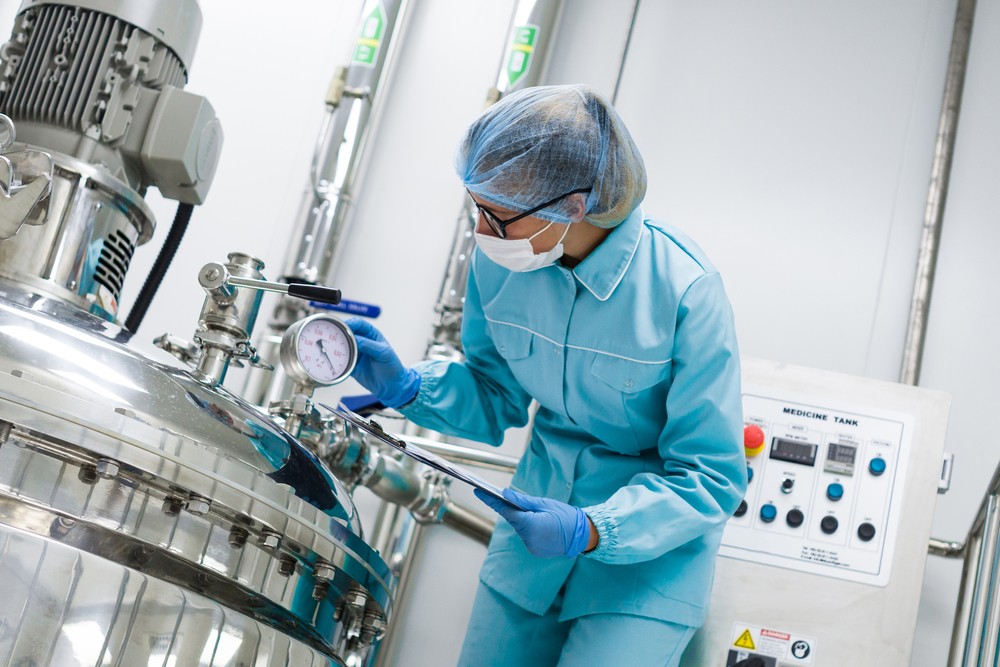7 Manufacturing Metrics for Measuring Efficiency

Metrics are an integral part of most manufacturing processes. Whether you’re monitoring throughput levels or checking cycle times on a specific machine, the more information you have about how things work, the more you know about the segments of your value stream and their ability to perform. If numbers start coming up short of the average, it’s worth investigating. If there’s an upturn, it’s a sign you’re doing something right. It all comes down to context — context you can’t have without metrics.
Here’s a look at seven key metrics any manufacturing professional can and should use to benchmark operations and gauge efficiency.
- 🗜️ Overall equipment effectiveness — Often abbreviated OEE, this metric is perhaps the most important on this list! It takes into account availability, performance, and quality to determine the overall effectiveness of a piece of equipment within your value stream. The higher the effectiveness, the more efficient the equipment and the higher your return on investment (ROI).
- ⏱️ Manufacturing cycle time — This is the total time (beginning to end) to complete a product. It’s a major indicator of efficiency. Quicker production correlates to more efficient standards, which represents higher yields and ROI. It’s also used as a benchmark for cumulative value stream efficiency.
- ⌛ Changeover time — How long does it take you to change your equipment over? This is changeover time, and it can be greatly reduced through Lean concepts like the single-minute exchange of die. The faster your changeovers, the lower your downtimes and the more efficient your manufacturing processes.
- 📦 Throughput — How much of a product is produced by a machine or workflow, measured over a given time. The higher the throughput, the more efficient your workflow. It’s best-used as a standard for determining long-term efficiency trends and standards for vital operations in your facilities.
- % Planned maintenance percentage — Take the total number of planned maintenance hours spent in a given week and subtract it from total maintenance hours spent in that week to get the planned maintenance percentage. If you spent 500 hours on maintenance and 300 of them were on planned tasks, your planned maintenance percentage is 60%. The idea is to plan as much as possible, pushing that number toward 100%.
- 🔋 Capacity utilization — This calculation shows the amount of total manufacturing output capacity that is being used at any given time. For example, if you’ve got five widget machines that can run 10 hours a day (50 hours) and today they ran a cumulative 44 hours, you’ve got a capacity utilization of 88%.
- 📅 Production attainment — Simply put, this is the percentage of time you’re able to attain your target level of manufacturing. It’s generally measured over the day, week, and month, to give an accurate picture of how often you’re meeting efficient production levels.

Manufacturing is thriving in the era of big data. It’s easier than ever to track and measure data points and key metrics to better understand your workflow efficiencies. Start with the above metrics and use them to determine core key performance indicators (KPIs) for your vital manufacturing processes. Then, use that data with one key objective in-mind: improving efficiency.